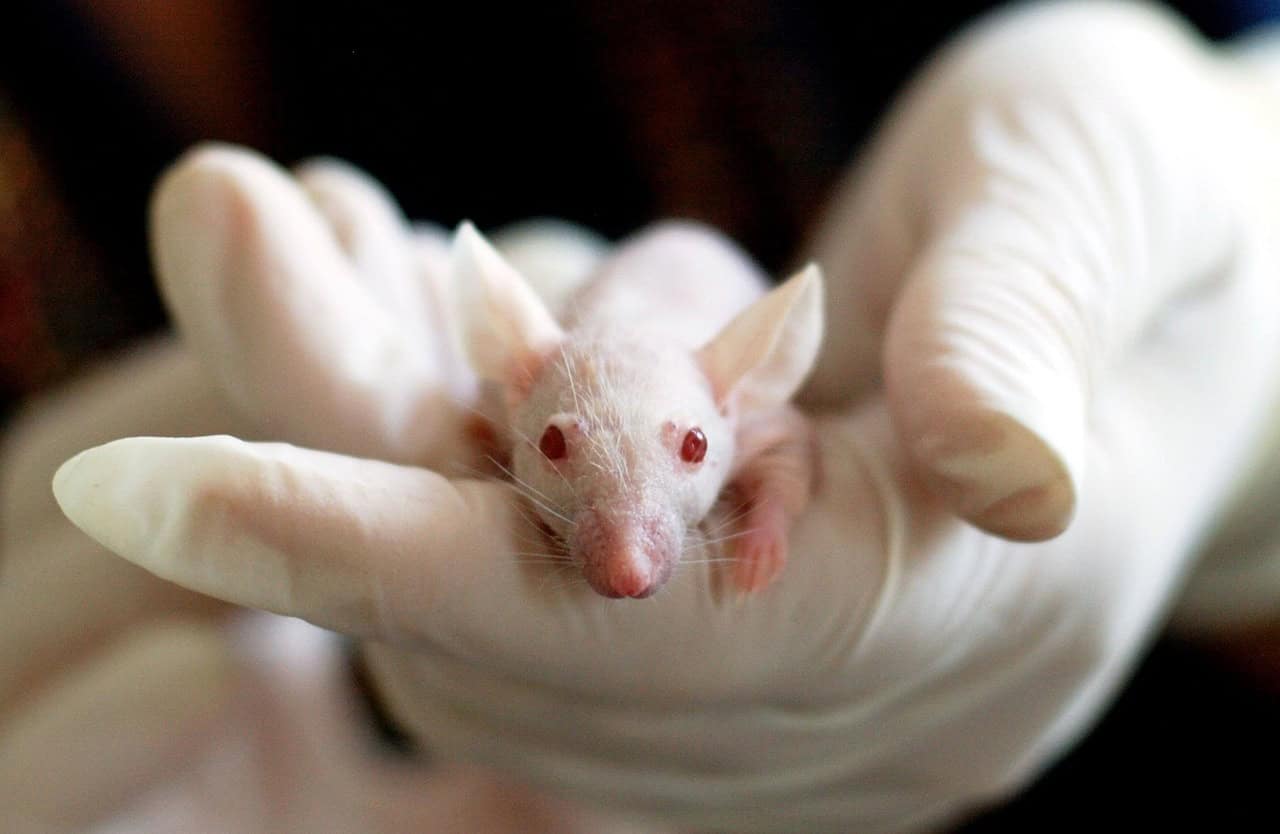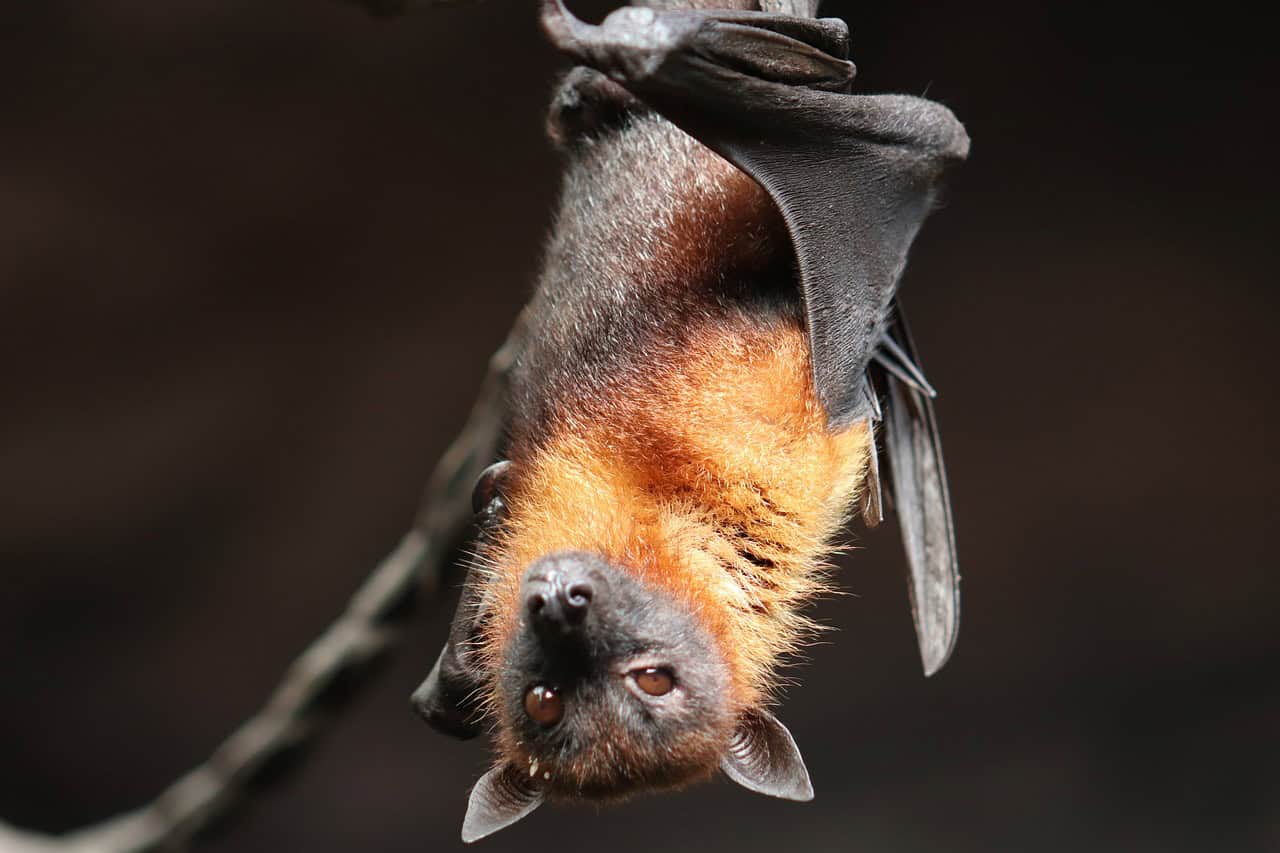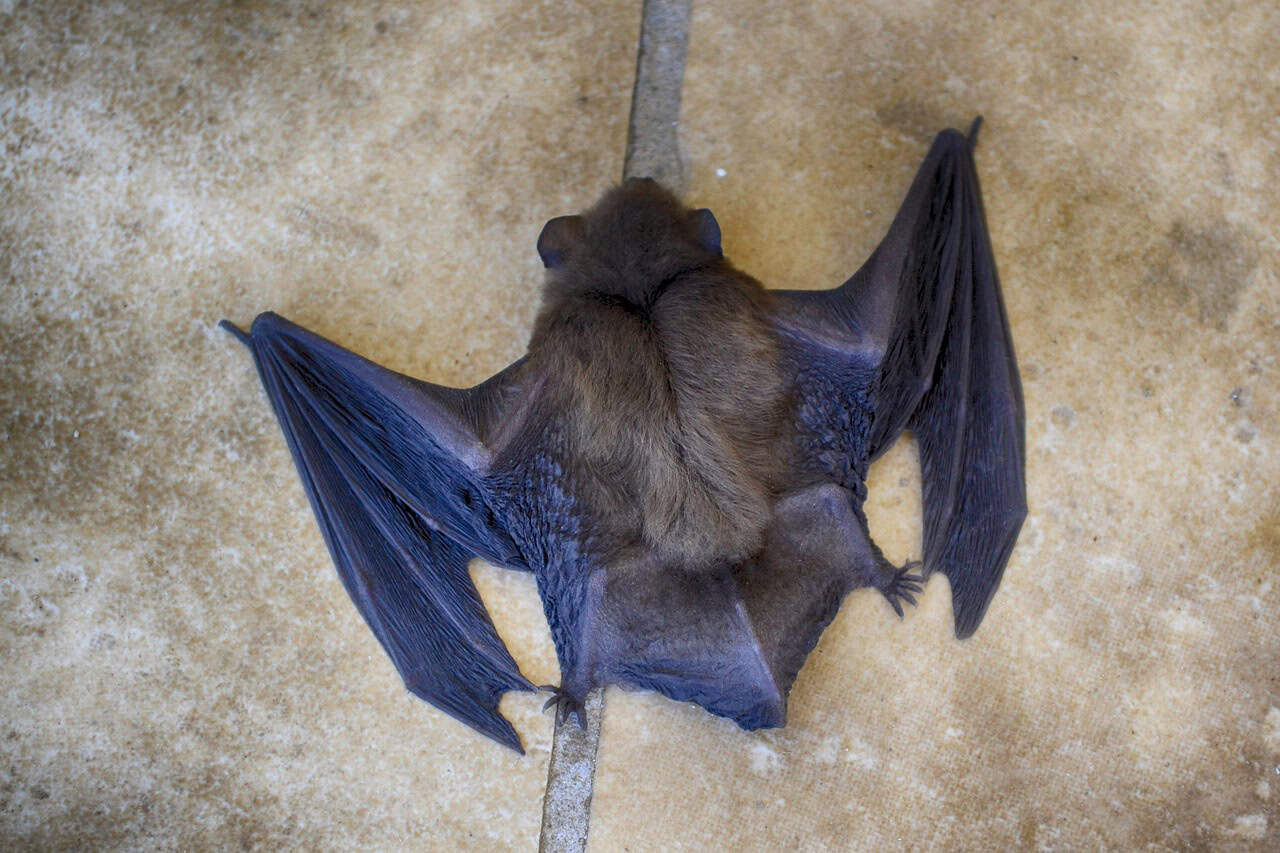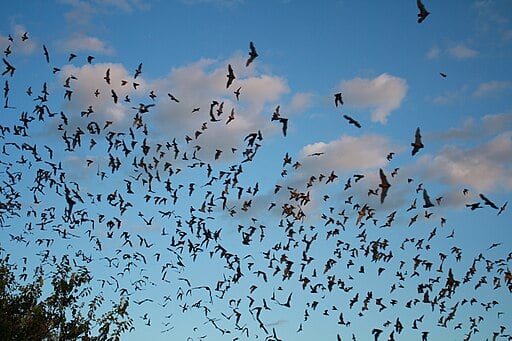In the vast realm of the animal kingdom, where size often defines awe, there lies a creature so small and enchanting that it rivals the size of a humble bumblebee. This minuscule mammal, the bumblebee bat, is a testament to nature’s incredible diversity. With its delicate wings and tiny stature, it captures the fascination of scientists and animal lovers alike. Let’s dive into the captivating world of this petite marvel and uncover the intriguing facets of its existence.
A Microscopic Marvel The Bumblebee Bat

The bumblebee bat, also known as Kitti’s hog-nosed bat, is truly a marvel of nature. Measuring a mere 1.1 to 1.3 inches in length and weighing about 2 grams, it holds the title of the world’s smallest mammal. Its diminutive size is comparable to that of a large bumblebee, which is where it gets its name. Despite its tiny stature, this bat possesses all the characteristics of its larger relatives, making it a fascinating subject for study.
Habitat and Range Where the Tiny Bat Calls Home

This miniature mammal is native to parts of Southeast Asia, particularly in Thailand and Myanmar. It thrives in limestone caves located in forested areas near rivers. Such habitats provide the ideal conditions for the bat, offering both a place to roost and ample feeding opportunities. The bumblebee bat’s preference for secluded and specific habitats makes it a rare sight, adding an element of mystery to its existence.
Physical Features Nature’s Tiny Prodigy

Despite its small size, the bumblebee bat is equipped with distinctive physical features. It has a pig-like snout, which lends to its name “hog-nosed bat.” Its wingspan, though small, allows for agile flight, essential for navigating its cave environments. The bat’s fur is a reddish-brown or gray, providing a degree of camouflage against the rocky cave surfaces. These adaptations have evolved to ensure its survival in the wild.
Dietary Habits A Tiny Predator

The bumblebee bat’s diet primarily consists of insects, making it an insectivore. It hunts small insects such as flies and mosquitoes, which it catches in flight using its echolocation abilities. This dietary preference helps control insect populations, contributing to the ecological balance within its habitat. Despite its tiny size, the bumblebee bat plays a significant role as a predator in its ecosystem.
Reproduction Nature’s Delicate Cycle

The reproduction cycle of the bumblebee bat is as delicate as its size. Mating typically occurs in the late autumn, with females giving birth to a single offspring each year. The young bats are dependent on their mothers for nourishment and protection during the early stages of life. This low reproductive rate highlights the importance of conservation efforts to ensure the survival of this diminutive species.
Conservation Status A Call to Protect

The bumblebee bat is currently classified as near-threatened due to habitat destruction and human disturbance. Deforestation and limestone quarrying pose significant threats to its natural habitats. Conservationists are working diligently to protect these bats by establishing protected areas and promoting awareness about their ecological importance. Preserving their habitats is crucial for maintaining the delicate balance of their ecosystems.
Adaptations How the Smallest Mammal Thrives

Adaptability is key to the survival of the bumblebee bat. Its small size allows it to roost in narrow crevices, offering protection from predators. The bat’s echolocation capabilities are finely tuned, enabling it to navigate and hunt in complete darkness. These adaptations are a testament to nature’s ingenuity, allowing this tiny creature to thrive in challenging environments.
Behavioral Traits The Social Life of a Tiny Bat

Bumblebee bats exhibit intriguing social behaviors despite their solitary appearance. They often roost in small colonies, which provides safety in numbers. Communication within these colonies is facilitated through high-pitched calls, which are beyond the range of human hearing. Understanding these social dynamics is crucial for researchers studying their behavior and ecology.
Scientific Significance A Window into Evolution

Studying the bumblebee bat offers valuable insights into evolutionary biology. Its unique adaptations and life cycle present opportunities to understand the evolutionary pressures that shape small mammals. Researchers are keen to explore how these bats have evolved to become such efficient flyers and hunters, providing clues about the broader evolutionary paths of mammals.
Unique Challenges Survival in a Changing World

The bumblebee bat faces unique challenges in an ever-changing world. Climate change, habitat destruction, and pollution all pose significant threats to its survival. These challenges require immediate attention and action to ensure that future generations can witness the marvel of this tiny mammal. Addressing these issues is vital for the broader conservation of biodiversity.
Comparative Analysis Bumblebee Bat vs. Other Small Mammals

When compared to other small mammals, the bumblebee bat stands out due to its size and unique adaptations. While other small mammals, like the Etruscan shrew, share similar habitats, the bumblebee bat’s ability to fly and echolocate sets it apart. This comparison highlights the diverse strategies employed by small mammals to survive and thrive in their environments.
Public Awareness Educating and Engaging Communities

Increasing public awareness about the bumblebee bat is crucial for its conservation. Educational programs and community engagement initiatives can help foster a deeper appreciation for this tiny mammal. By highlighting its ecological role and the threats it faces, we can inspire collective action to protect its habitats and ensure its survival for future generations.
The Role of Technology Advancements in Bat Research

Technology plays a pivotal role in advancing research on the bumblebee bat. High-frequency recording devices and infrared cameras allow scientists to study their behavior and ecology in detail. These technological advancements provide a clearer understanding of the bat’s life cycle, aiding conservation efforts and helping to devise strategies to protect this endangered species.
The Global Perspective Conservation Beyond Borders

The conservation of the bumblebee bat is a global responsibility. International collaborations between governments, NGOs, and researchers are essential to safeguard its future. Sharing knowledge and resources across borders can enhance conservation strategies, ensuring that this tiny marvel continues to enchant and inspire people worldwide.
Conclusion

In the intricate tapestry of life on Earth, the bumblebee bat stands as a symbol of nature’s boundless creativity. Despite its small size, it plays a vital role in maintaining ecological balance and offers valuable insights into evolutionary biology. As we strive to protect this tiny mammal, we are reminded of the interconnectedness of all life forms and the shared responsibility we hold in preserving the wonders of our natural world.
- 10 Animals That Use Camouflage Best - August 17, 2025
- 13 Wild Birds That Use Tools to Hunt - August 17, 2025
- 9 Smartest Animal Species in North America—And Why They’re So Clever - August 17, 2025

